5930015557889
Price Quote Get an up to date pricing and availability quote for this product. Order online or over the phone.
Quality Commitment
Serving our customers with quality and safety first.
- AS9120 Certified
- Audited supply chain
- ITAR Registered
- DDTC Registered
- HAZMAT Certified
- Customer service objectives
- Every product 100% inspected

5930-01-555-7889 Specification Set by the OEM (see RNCC code 3)
2a single threaded stud
0.160in. single threaded stud ⁓11/64"
0.600in.
0.437in.
0.640in. ⁓41/64"
ssns 775, 776, and 777
disc
-65.0 deg fahrenheit and 400.0 deg fahrenheit
threaded stud
32 single threaded stud
increase
0.138in. single threaded stud ⁓9/64"
1 pole, double throw, one position momentary
tab, solder lug
2.0 amperes resistive load first voltage and 1.0 amperes inductive load first voltage
actuation point not adjustable and deactuation point not adjustable
132.00 actuation point degrees fahrenheit and 148.00 actuation point degrees fahrenheit and 112.00 deactuation point degrees fahrenheit and 128.00 deactuation point degrees fahrenheit
115.0 ac at sea level first voltage
used on universla weapons laucher, BAY1 and BAY3
60.0 first voltage
gas or liquid
disc
unc single threaded stud
MIL-PRF-24236/24 government specification
Cross Reference Parts Part numbers that meet the specification outlined on this page and set by the OEM
Identification Item Identification Guide (IIG) and Item Name Code (INC)
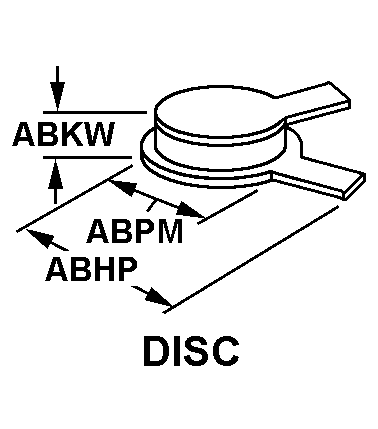
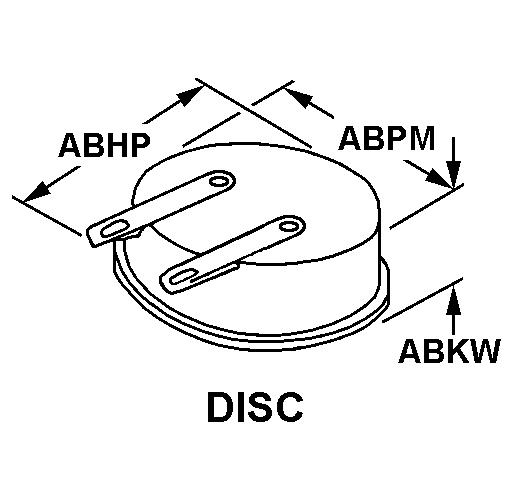
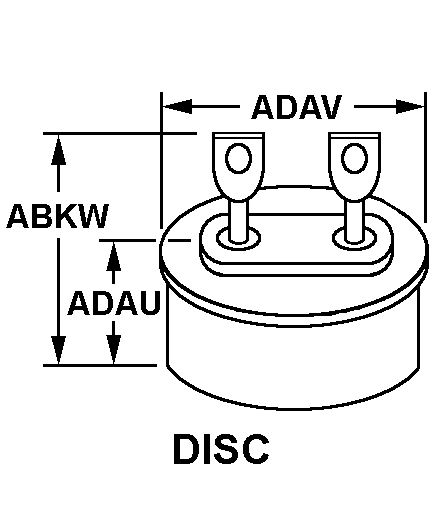
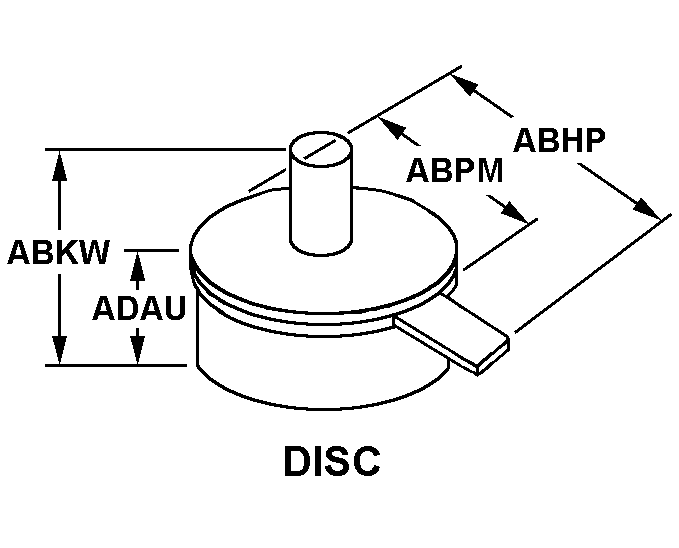
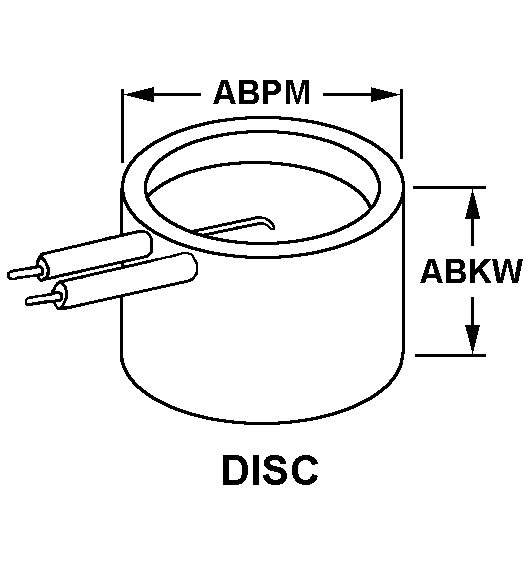
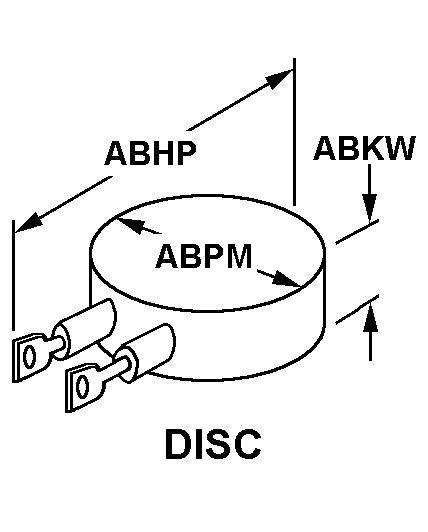
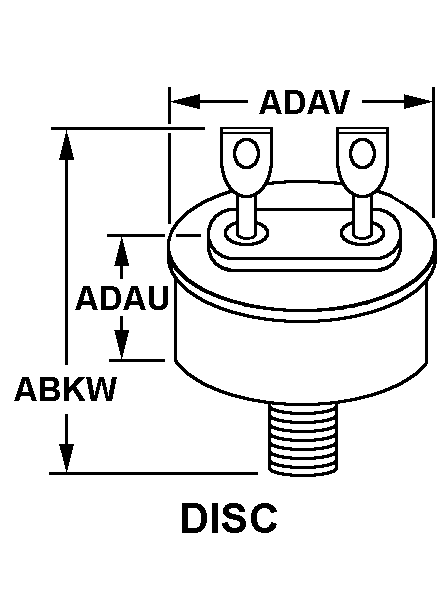
Definition Definition of approved item name (AIN): "SWITCH,THERMOSTATIC"
A switch that is actuated by changes in ambient temperature. Excludes circuit breaker; control, temperature (as modified); fuse (as modified); protector, thermal-overload, electrical motor; relay, thermal; and thermostat, flow control. See also control, temperature (as modified) and regulator, temperature (as modified).
5930-01-555-7889 Material Hazmat, Precious Metals, Criticality, Enviroment, and ESD
Indicates there is no information in the hmirs. The nsn is in a fsc in table ii of fed std 313 and a msds may be required by the user. The requirement for a msds is dependent on a hazard determination of the supplier or the intended end use of item.
Item does not contain precious metal.
Represents items with no adp components
The item does not have a nuclear hardened feature or any other critical feature such as tolerance, fit restriction or application.
Identification Codes
HMIC: Hazardous Material Indicator Code. A one position code that identifies a hazardous item.
PMIC: Precious Metal Indicator Code. A one position code which identifies items that have precious metals as part of their content. precious metals are those metals generally considered to be uncommon, highly valuable, and relatively superior in certain properties such as resistance to corrosion and electrical conductivity.
ESD: Electrostatic Discharge. Indicates if an item is susceptible to electrostatic discharge or electromagnetic interference damage. electrostatic discharge damage occurs when an accumulation of static electricity generated by the relative motion or separation of materials is released to another item by direct contact. electromagnetic interference damage occurs when an item comes into proximity with an electrostatic or magnetic field.
ENAC: Enviromental Attribute Code. Identifies items with environmentally preferred characteristics.
CRITL: Criticality Indicator Code. Indicates an item is technically critical by tolerance, fit, application, nuclear hardness properties, or other characteristics.
Material Management Material categorization and source of supply
Defense logistics agency, enterprise business systems
Material Codes
SOS: Source of Supply. A three position code or routing identifier code (ric), which identifies the source of supply activity.
SMIC: Special Material Indicator Code. A two position code, which categorizes material on the basis of requirements for source or quality control, technical design or configuration control, procurement, stocking and issue control, special receipt, inspection, testing, storage, or handling.
MMAC: Material Management Aggregation Code. A two position code that identifies an item of supply to be managed by a specific activity manager.
MCC: Material Echelon Code. A two position code employed by the marine corps in classifying items into categories by materiel category and procurement echelon. the alphanumeric management code is in the first position and identifies the materiel category
IMC: Denotes wether items shall be subjected to integrated management under the defense supply agency or retained by the individual military service or other department of defense components for their management. Assigned by th activity responsible for item management coding.






